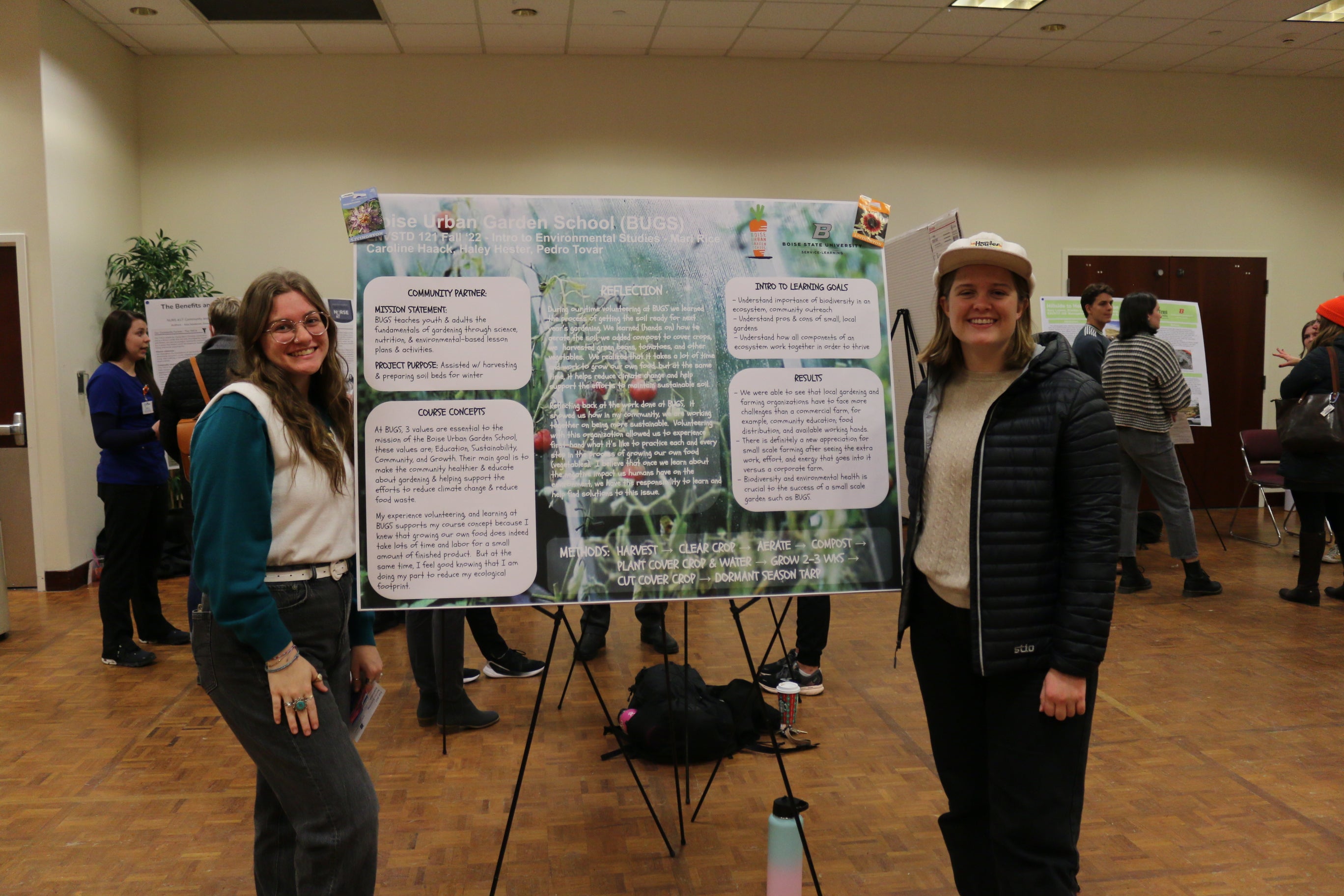
People have evolved to learn through experiences, and as educators, we have tools (literally at our fingertips) to guide us in providing enriching experiences for all students.
What is experiential learning?
Experiential learning is a pedagogical category that focuses on learning by doing with reflection on experiences. Scholars like John Dewey (1938) and David Kolb (1984) have provided us with the foundations of experiential learning, which has led to continued research to identify the principles and best practices, and this type of learning is now considered a High Impact Practice by the AACU. Universities across the nation are exploring and integrating experiential learning throughout their programs.
Experiential learning is both content and process. Content is the material/matter/medium in the work that students can interact with. Context is the positioning of the content, storyline, or purpose that provides value to students. The process is what you do with the content in the context.
Kolb’s (1984) Experiential Learning Theory allows facilitators to design the experience as an integrated process. All four stages are mutually supportive because Kolb believes that effective learning is a cyclic process that involves:
- Concrete Experience – learners acquire knowledge by using their senses to make observations
- Reflective Observation- recall what happened, why it happened, and how previous experience influenced their perspectives
- Abstract Conceptualization – learners form new ideas or adjust their current understanding based on the reflections from the previous stage
- Active Experimentation – learners apply their new ideas to the world around them
Facilitators should plan for learners to complete the cycle to ensure that effective knowledge transfer occurs multiple times over a semester, to reinforce synaptic pathways in their brains (Zull 2002).
How can we implement experiential learning effectively?
When building the context and content of the experience, the National Society of Experiential Education recommends using the 8 principles of experiential learning to help guide the design for students:
- Intention – Provide a clear purpose as to why the experience is necessary
- Preparedness and Planning – Plan how students will move through the experience to gain new knowledge with room for adaptations
- Authenticity – Students must interact in authentic course/subject matter experiences
- Reflection – Provide space, time, and the routine to acknowledge why it happened and what should be done differently helps create meaning
- Orientation and Training – Give context to the situation students will enter
- Monitoring and Continuous Improvement – The experience is always dynamic and ever-changing; know when to change it in the moment and in the future
- Assessment and Evaluation – align these methods to your goals helps to answer the question, did you achieve your goals?
- Acknowledgment – Celebrate and provide closure for students
So what is already happening?
Academic programs can access current programming as they plan to scaffold experiential learning into their curriculum. Boise State supports several types of experiential learning on campus, including Service-Learning, Work -U, Internships, Undergraduate Research, Community Work-Study, and Study Abroad. More exist in different formats, from program-wide to individual faculty members integrating it into their courses.
How are Boise State students currently involved with experiential learning?
Currently, the University uses National Survey of Student Engagement (NSSE) data to monitor student engagement with High Impact Practices (HIPs). The 2019 Institutional Effectiveness report of NSSE data found that between 2015 and 2018 there were a couple of meaningful shifts in the percentages of students planning or completing HIPs. The proportion of students planning/participating in a Learning Community increased nine percentage points (16.5 – 25.5%), while the proportion planning/completing an Internship/Field Experience dropped by almost 12 percentage points (76.2 – 64.3%). However, the Culminating Senior Experience did not reveal a large change (2.4 percentage points), so its stronger relationship with engagement indicators in 2018 is likely due to real underlying relationships. Comparatively, in 2015 service-learning and research with faculty seemed to have the broadest relationship with student engagement.
Now, what’s next?
In the most recent SERP Report (PDF), University leaders identified experiential learning as a pathway to improve student retention and success. The University’s many courses, programs, departments, schools, and colleges have a unique opportunity to integrate experiential learning into their curriculums using NSEE principles and curriculum alignment. Campus leaders can consider the following guidance to maximize benefits to students, faculty, staff, and the institution as a whole (Austin and Rust 2015):
- Develop clear definitions and criteria for the University of experiential learning
- Provide training and allocate time for faculty and staff to build it into their courses
- Allocate funds to support the adoption for faculty and staff time
- Scaffold the experience throughout the curriculum
- Don’t require experiential learning, but make it integral
- Develop Communities of Practice
- Identify and remove barriers to student participation using Universal Design for Learning principles at the curricular level
- Align curricular learning objectives/outcomes that reflect learning by doing, using terms like apply, analyze, create and evaluate (Sivalingam and Yunus 2017)
- Build assessment throughout programs for quality control
- Create centralized coordination that reports to the highest level
- Build coordinated partnerships on and off campus
Citations
Austin, M. J., & Rust, D. Z. (2015). Developing an Experiential Learning Program: Milestones and Challenges. International Journal of Teaching and Learning in Higher Education, 27(1), 143-153.
Dewey, J. (1938). Experience and education. Macmillan Company.
Kolb, D. A. (1984). Experiential learning: Experience as the source of learning and development.
National Society for Experiential Education. Presented at the 1998 Annual Meeting, Norfolk, VA
Sivalingam, Parvani & Yunus, Melor. (2017). Nurturing 21st Century Skills Through Service Learning: From Isolation To Connection. People: International Journal of Social Sciences. 3. 346-356
Zull J. E. (2002). The art of changing the brain: enriching teaching by exploring the biology of learning (1st ed.). Stylus Publishing.
Author
Mike Stefancic